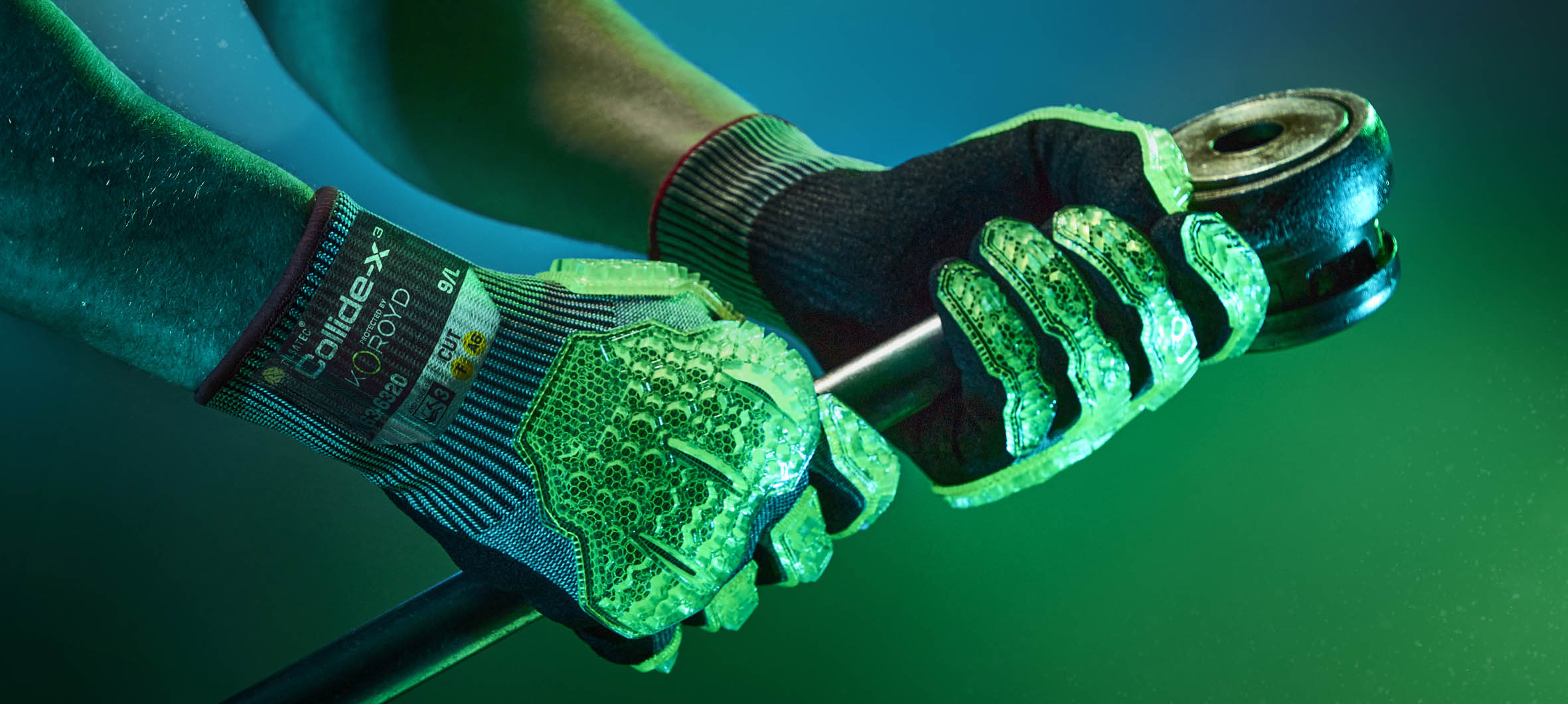
- Jump to:
- ANSI/ISEA 138-2019 explained
UNDERSTANDING IMPACT STANDARDS
How Impact Standards And Other Protective Standards Are Tested

ANSI/ISEA 105-2016 is the North American standard updated in 2016 measuring hand protection across a variety of industrial risks, including abrasion resistance. It measures abrasion resistance for work gloves on a scale of 0 to 6.
Unlike the EN standard, which uses a Martindale abrasion tester, this test is based on ASTM D3389 for coated gloves and ASTM D3884 for textile fabrics. These abrasion testing methods measure the number of cycles required for an abrasion wheel to break down the glove material. Levels 0 to 3 are measured with a 500-gram load on the abrasion wheel while levels 4 to 6 are measured with a 1,000-gram load. The greater the number of cycles it takes to break down the glove material, the higher the abrasion rating.
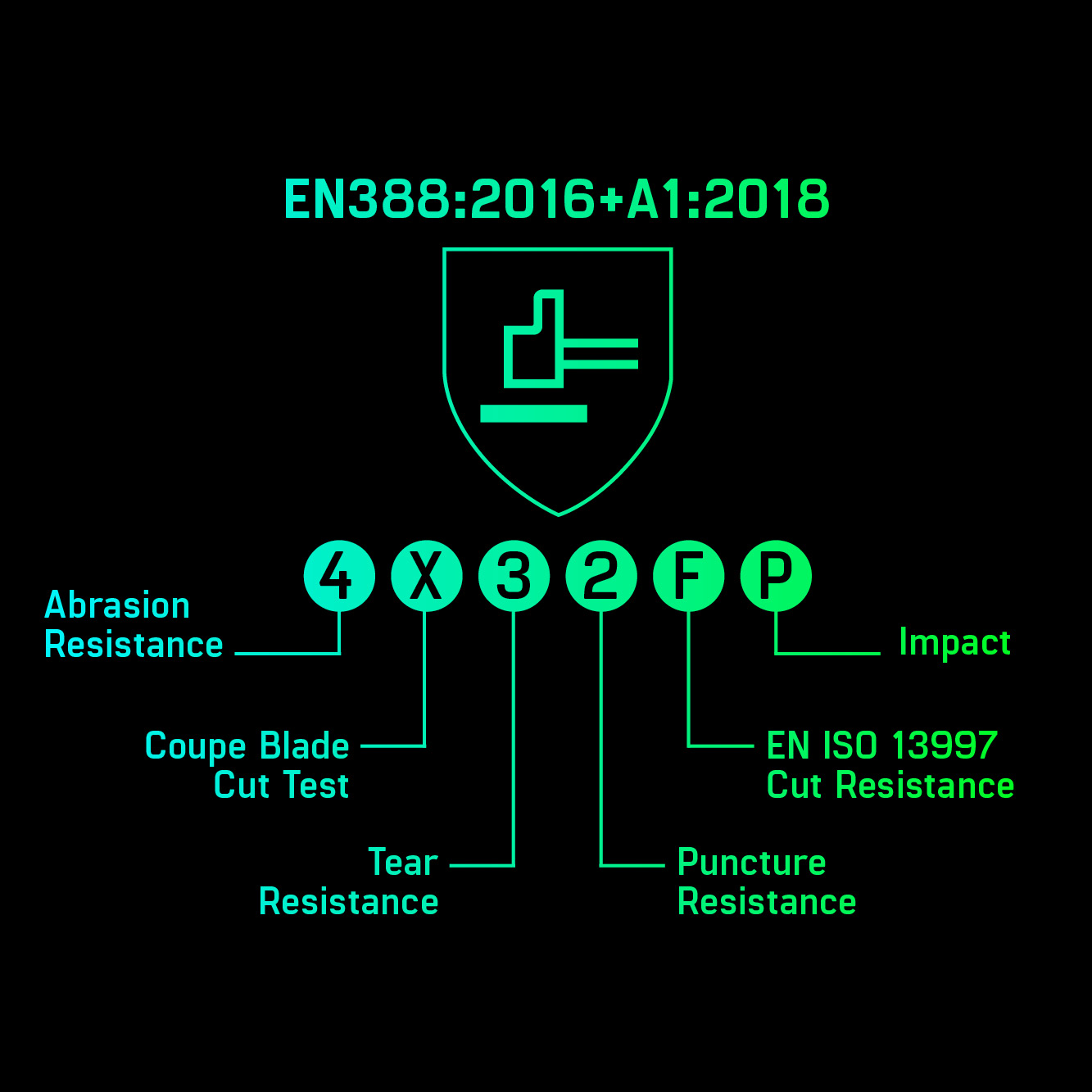
EN388 is the European glove standard for mechanical handling applications in the workplace. The most recent revision of this standard is EN 388: 2016 + A1: 2018. Last updated in 2018, the standard covers the test methods associated with mechanical hazards to the hand, including abrasions, cuts, tears, punctures, and impact. When it comes to impact protection, all gloves subject to impact testing under this standard can either pass or fail.
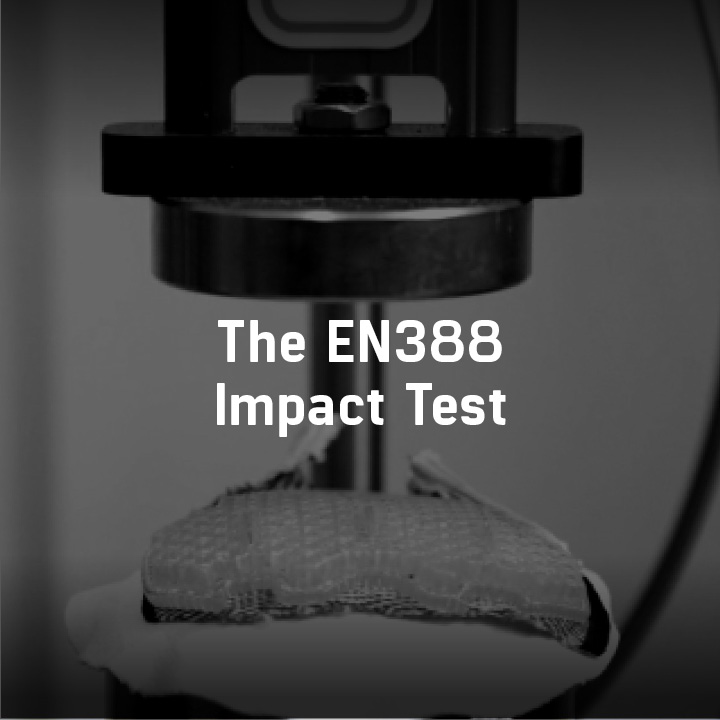
The impact test for EN388 and ANSI is carried out the same way: dropping a striker with an impact energy of 5 joules onto the glove. For EN388, the striker is dropped directly on the zone where the glove covers the center of one of the four knuckles. This is then repeated on the knuckles for a further 3 gloves, The average outcome is taken for the final score. Other areas that offer impact protection are not tested under EN388 at this time.
Where the ANSI impact standards grade impact performance at levels 1 – 3, the EN388 standard rates the results as a simple Pass or Fail. To be considered a pass, the transmitted force through the glove needs to be less than or equal to 7 kilonewtons (kN) with no single results greater than 9 kN.
At Tilsatec we can test both the EN388 and ANSI impact standards in our UKAS accredited testing laboratory.

As mentioned above, EN 388: 2016 + A1: 2018 is a standard that specifies requirements and test methods for protective gloves against mechanical risks, including abrasion resistance. All Collide-x products are tested for abrasion resistance as well as impact.
The abrasion resistance test is performed on a Martindale abrasion tester and involves rubbing four circular specimens, taken from the palm of the glove against grit 180 abrasive paper.
The sample moves in a Lissajous pattern under a 9KPa load and is checked at intervals for any sign of abrasion and holing through the samples. Failure is confirmed once a complete breakthrough of the sample is observed. The final performance level is based on the lowest number of cycles in which any of the four specimens show signs of breakthrough.
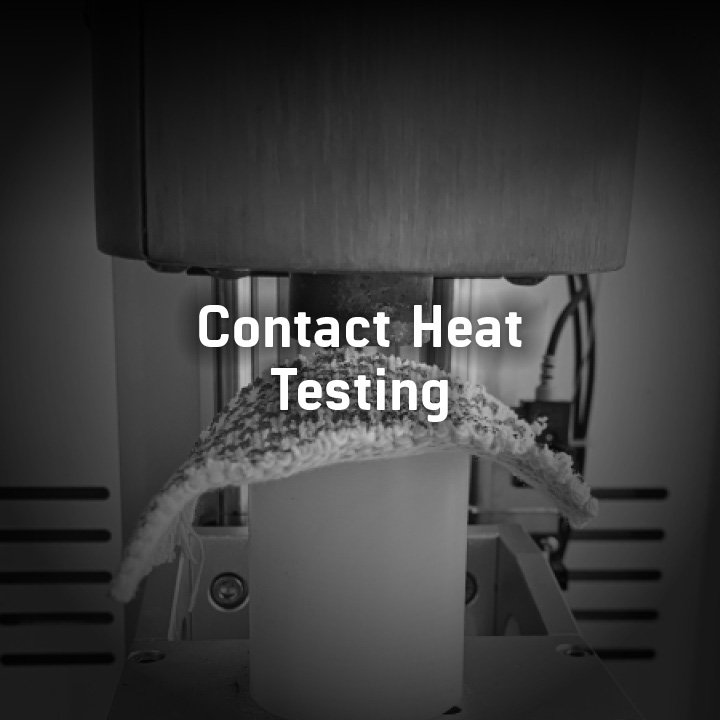
Three Collide-x3 gloves are also tested for resistance to contact heat according to European standard EN 407: 2020.
During the test, the glove is exposed to temperatures of 100°C (level 1), 250°C (level 2), 350°C (level 3), and 500°C (level 4). If it takes longer than 15 seconds for the temperature of the inner side of the glove to increase by 10°C after the outer side is exposed to these temperatures, then the glove passes the test and is approved as contact heat resistant for the corresponding level tested.
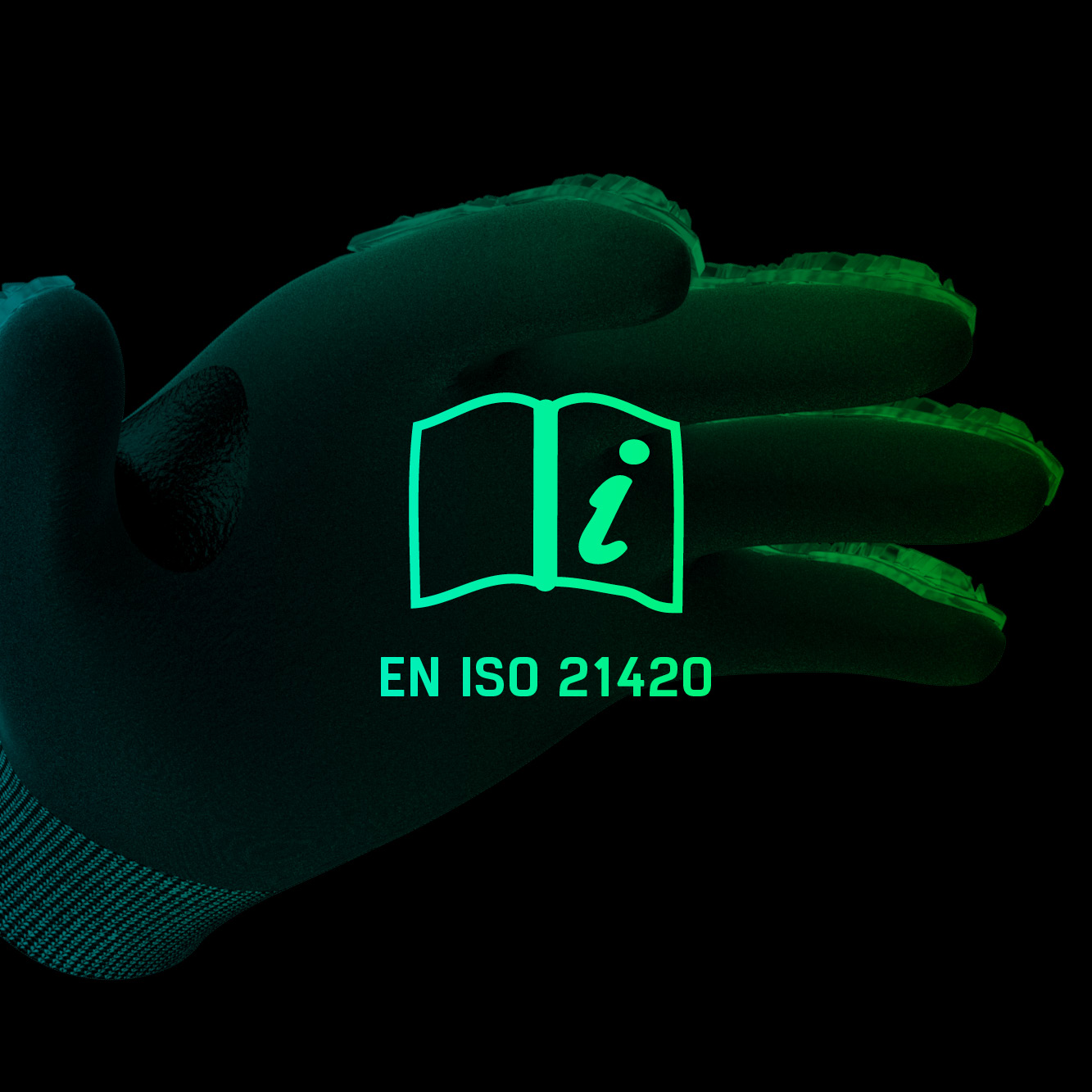
This European standard specifies the general requirements for protective gloves. This standard is part of the EN ISO 21420 series, which covers various aspects of protective gloves, including terminology, design, performance requirements, and test methods.
EN ISO 21420: 2020 outlines the fundamental requirements that protective gloves must meet to ensure their effectiveness and safety. The standard covers several key aspects: